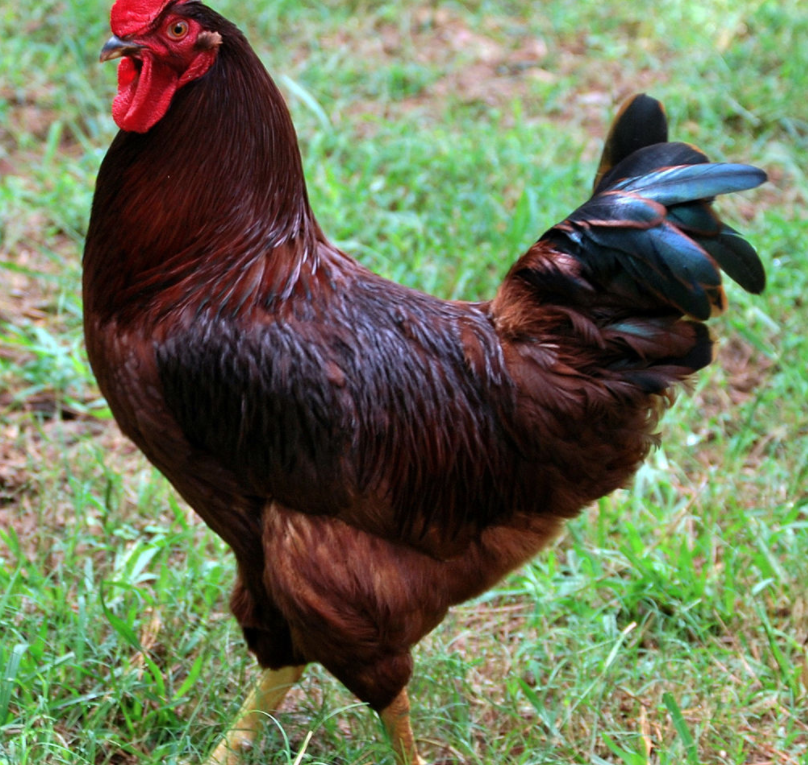Heroes and Villains No 6 Wolfgang Lutz
Ever wondered why modern chickens are egg-laying machines? Why, biologically, would a creature deliberately lay (mostly infertile) eggs loaded with protein, cholesterol, minerals and vitamins, and all encased in a calcium shell? What’s in it for the chicken? The answer it seems is ‘not a lot’. I only discovered this when I read a slim book of his writings on the subject: Dr Wolfgang Lutz and his chickens: carbohydrate and arterial health faithfully complied by Valerie Bracken. Dr Lutz originally set out to study atherosclerosis (furring of the arteries) in chickens. Apparently, this is something that chickens get.

Dr Lutz fed some of his chickens their usual grain-based chow. The others he gave a low-carb feed based on shrimp past, years extract and skimmed milk. He reasoned that ancestral chickens roamed forests pecking away for grubs and worms; they were therefore carnivorous and not vegetarian, as many of us now assume. His grain-fed birds laid eggs regularly, up to 200 each year. But, the result he wasn’t expecting, the ones on the shrimp-based chow only laid a clutch of up to a dozen eggs maybe twice a year. His conclusion? Feeding chickens foods they are not biologically evolved to subsist upon disrupts their hormonal biology, and it is that disruption that leads to incessant ovulation and egg production. A good layer is a chicken with a hormonal problem. Oh, and his low-carb carnivorous hens got far less atherosclerosis that the grain-fed ones.
Dr Wolfgang Lutz was born in Austria. He was burdened with ill health during his early medical career and began to study himself, and in particular his diet. He developed his own version of a diet based on primal stone-age type diets. These were all naturally low in carbohydrates. He noticed that modern day folk who eat in a more primal way tend not to get the diseases of civilisation e.g. heart disease, cancer, diabetes, Crohn’s disease. He experimented on himself and was amazed at the results. He then introduced his low-carb diet plan into his medical practice and his patients were amazed with the results too.

His diet worked for him and it worked for many of his patients too. His book Life without Bread (first published in 1967) reveals that it wasn’t just Dr Atkins who was active in this field 50 years or more ago. I suspect many have not heard of him for three reasons. Firstly, he wasn’t a self-publicist media-type doctor. Secondly, he wasn’t formally an academic although his published work reveals that he had true academic qualities. And thirdly, much of his early work was published in German. His work was originally published under the title Leben ohne Brot. His dietary approach how many grams of carbohydrates to allow but rather in what he called ‘bread units’. One bread-unit equates to a 72g of carbohydrates limit per day.
Dr Lutz’s books are still in print and worth reading. He is one of the great unsung heroes of the low-carb approach to healthy eating. I was particularly fascinated to see that one of his own personal heroes was the Arctic explorer Vilhjálmur Stefánsson (See Heroes and Villains No 5)

